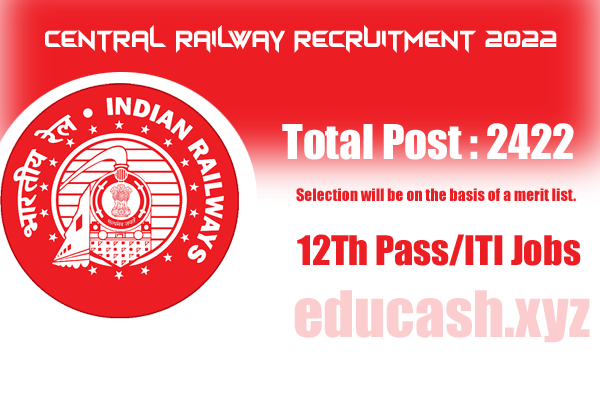One of the big stories next year may be decentralization. It is under the radar right now, which is why I think it has potential. Decentralization is what it seems to be: emphasizing central processes and decision making on the periphery, where it is believed that people can be more effective in dealing with whatever is on tap.
Western democratic capitalism surrounds Soviet-style centralized command-and-control economics. Although the Soviet Union has been in operation for a long time, command and control still flourish (with some laxity) in China, Cuba, North Korea, and even modern Russia.
The 1990s was the era of decentralization of business, when computing power became powerful enough to influence real-time decisions. At that time, businesses could not push the organ chart down until they were wiping out the middle manager’s level quite quickly.
The lesson from that time is that if you play the responsibility with the resources then it is okay to push the decision down. It didn’t happen often or it was an outcry, and we are still working with it. For example, the line of business managers works as a service app for software, but then they realize that they need the help of CIOs to weave everything together. The teeth had a lot of friction and elasticity and stiffness.
Today’s decentralization has been going on for some time. The Internet gave democratic information, promoted transparency, and individuals took advantage with their handheld devices. Two important examples of decentralization are happening right now that will affect CRM in health and philanthropy, and this is just the beginning.
CRM in Healthcare
Big drugstore chain CVS and health insurance company Aetna recently agreed to the merger. The effects would be significant and would represent a major decentralization of healthcare.
First, the combination includes CVS’s walk-in clinics, which can now provide care that is both higher quality and lower-cost than hospitals for different needs. Aetna can realize significant savings by directing sub-acute care in clinics. That is the easy part.
The combination also changes the dynamic between caregivers and patients, such that with a good deal of CRM technology, providers can transition from healing people when they break down to keeping them well.
This can happen when a clinic starts making calls to remind people to take their meds, or to market and, for example, sell healthy lifestyles through exercise groups or healthy cooking. All of them require the talent of CRM Suite and its people. This is an opportunity for real development.
This model is not only baked into my brain. Salesforce and its partners have been building it for many years.
CRM in philanthropy
The general model for philanthropy has been by a central organization to collect money from patrons and distribute it. As we have seen with the 1: 1: 1 model of Salesforce, however, many people want to do more than write checks. More direct participation gives them satisfaction.
It is no surprise that Salesforce has started to create a philanthropy cloud, which Dreamforce announced. When completed in 2019, Philanthropy Cloud will accept monetary donations, but it will also accept donations of labor and assistance with grant proposals, and it will help people match donations.
For example, if you want to donate to a community building project, you can find it in the cloud’s database. Ditto if you want to give time or money for environmental reasons or to help the homeless.
All this was possible even before, but even today many charitables are hidden in plain view. Most do not have an advertising budget, so they are understood forever and not reduced. Salesforce’s approach to philanthropy may change this. In conjunction with outreach and analytics, CRM technology can be an important bridge to improve decentralization and the way we engage in philanthropy.
My 2 cents
You might think that none of these examples of decentralization are important, but they are models of what can happen, and they borrow heavily from CRM.
Healthcare and philanthropy are two big monoliths that have not changed much in the information age. Healthcare has been put into a break-fix model in the US, when the world has stepped into welfare and saved millions of lives in the process.
We use information systems to store medical data, but the systems often do not talk to each other, so it is too big a matter to send a medical record to the entire city. The preferred technology of the medical records department is the fax machine. Yes.
Philanthropy is a huge opportunity that waits to reach critical mass. According to research, younger generations, especially millennials, expect to receive more job satisfaction than a paycheck salvation. They want to believe that they are bringing change in the world.






